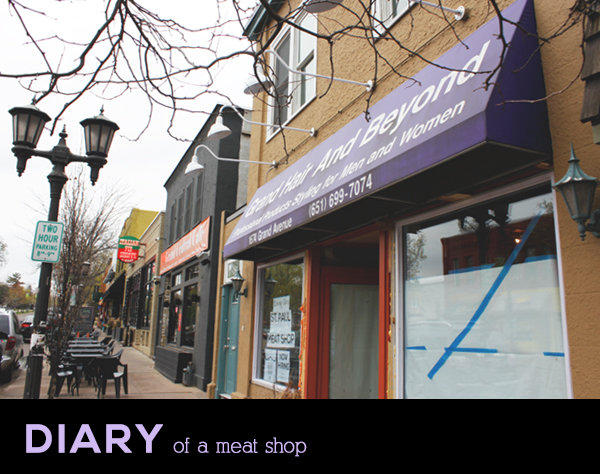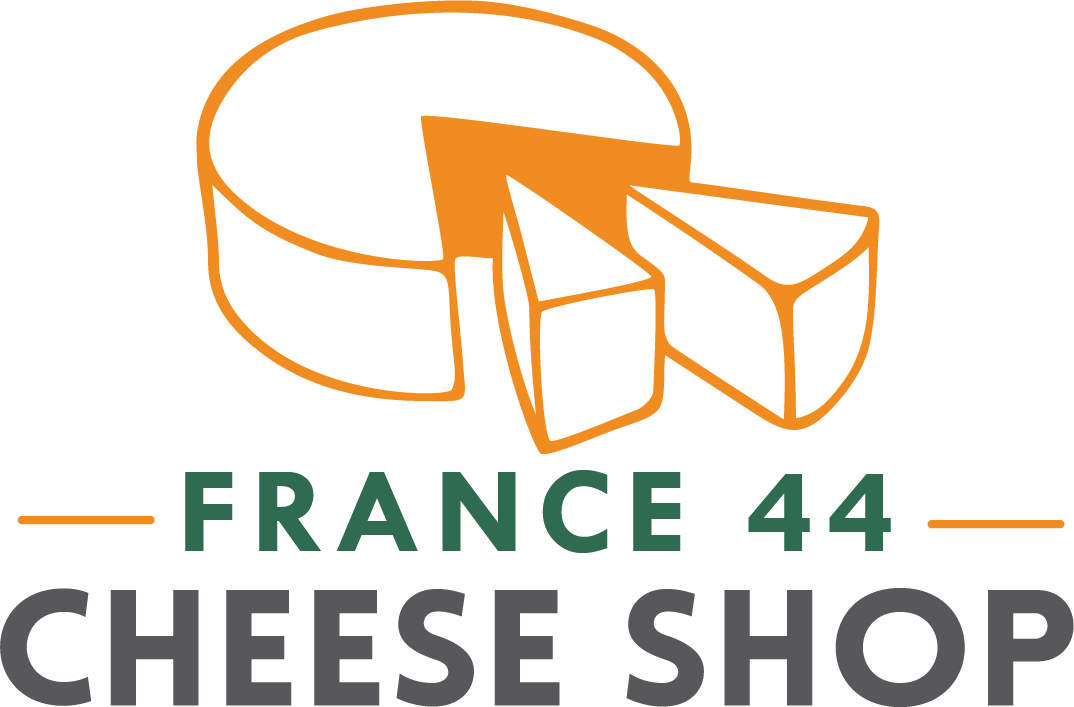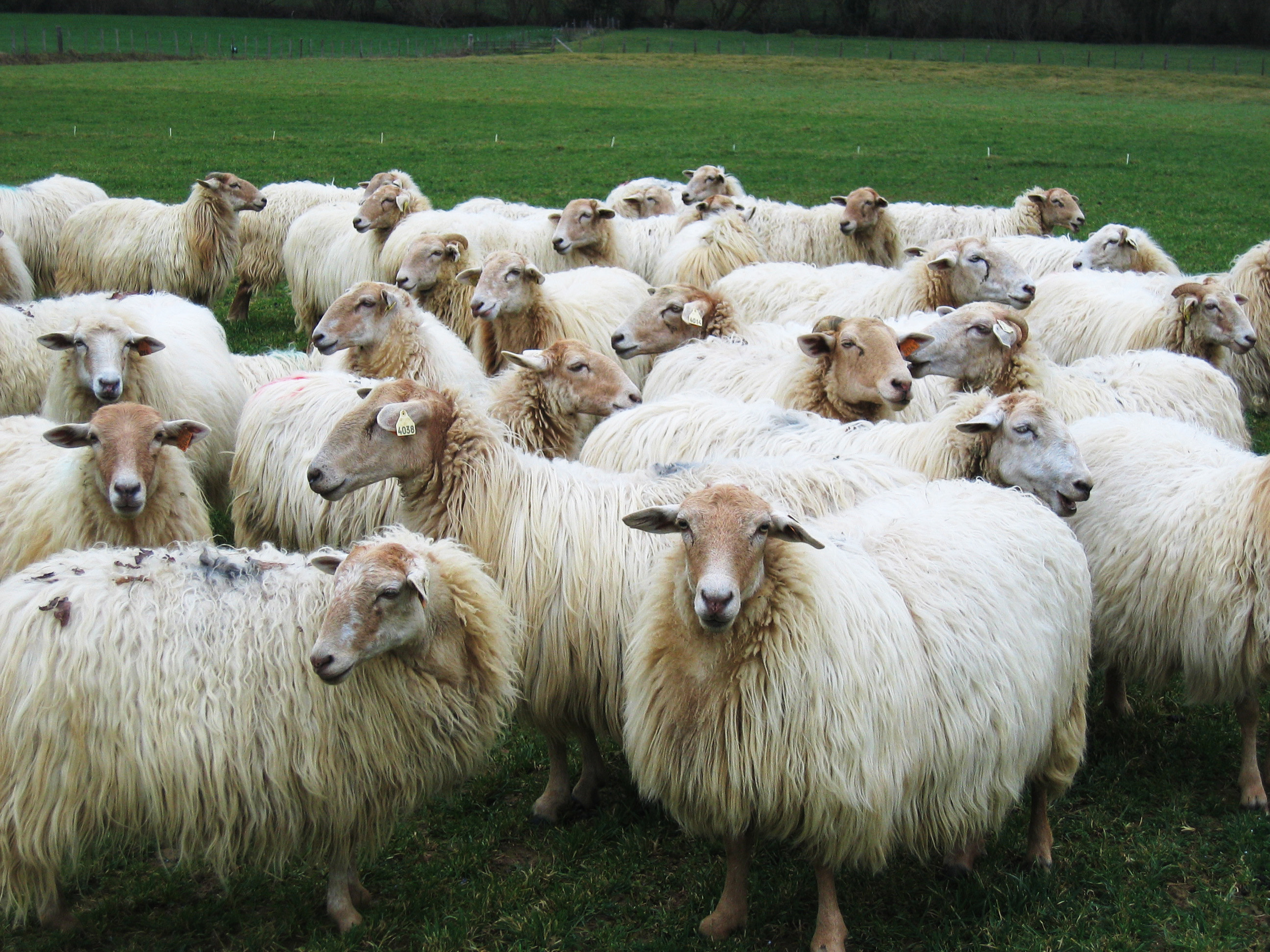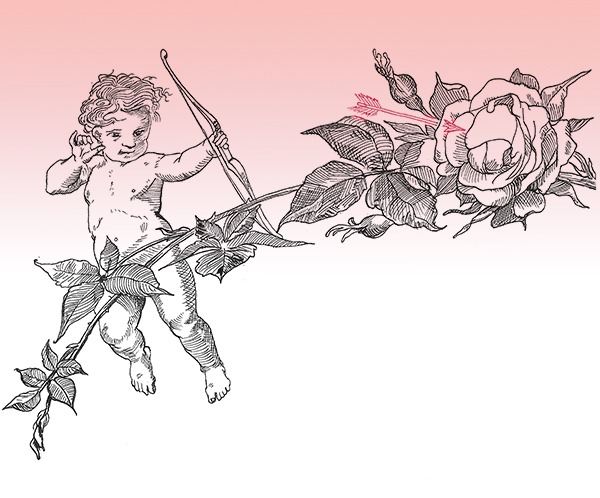 We’re opening up a third location–this time, a butcher shop on Grand Ave in St. Paul. Our Cheesemonger-In-Chief will be chronicling the adventure here on the blog.
We’re opening up a third location–this time, a butcher shop on Grand Ave in St. Paul. Our Cheesemonger-In-Chief will be chronicling the adventure here on the blog.
A butcher shop had been on our radar for several years. Partly because we feel the Twin Cities are underserved by specialty meat providers, but mostly because we feel passionately that selling humanely-raised meat is a natural extension of what we already do. We ask lots questions before a cheese finds a home in our case, to make sure it's something we adore and can stand behind. This level of examination is the starting point for our butcher shop.
Our food landscape is crowded with buzzwords: “local”, “natural”, “artisan” are just a few of the descriptors thrown at food. It's hard to know what to do with these words. Which is why we hope that shopping at one of our cheese (and soon meat) shops is a conversation. We will tell you why we find something delicious or why a product exists in our shop, and then you can make the informed decision whether or not to enjoy it.
I know that I want to know where my food is coming from, so I hope that most of our customers wish the same. Our team has spent many hours researching Minnesota farms and farmers, and then tasting their goods to be sure that flavor also aligns with ethical practices. We truly hope that all of that investigation and diligence will result in delicious meat from people who are just as passionate as we are.
We'll be opening in June, featuring meats from these venerable local producers. Can't wait!:
Lamb Shoppe | Hutchinson, MN Yker Acres | Wrenshall, MN Kadejan | Glenwood, MN Hidden Stream Farm | Elgin, MN --Benjamin Roberts, Cheesemonger-In-Chief









